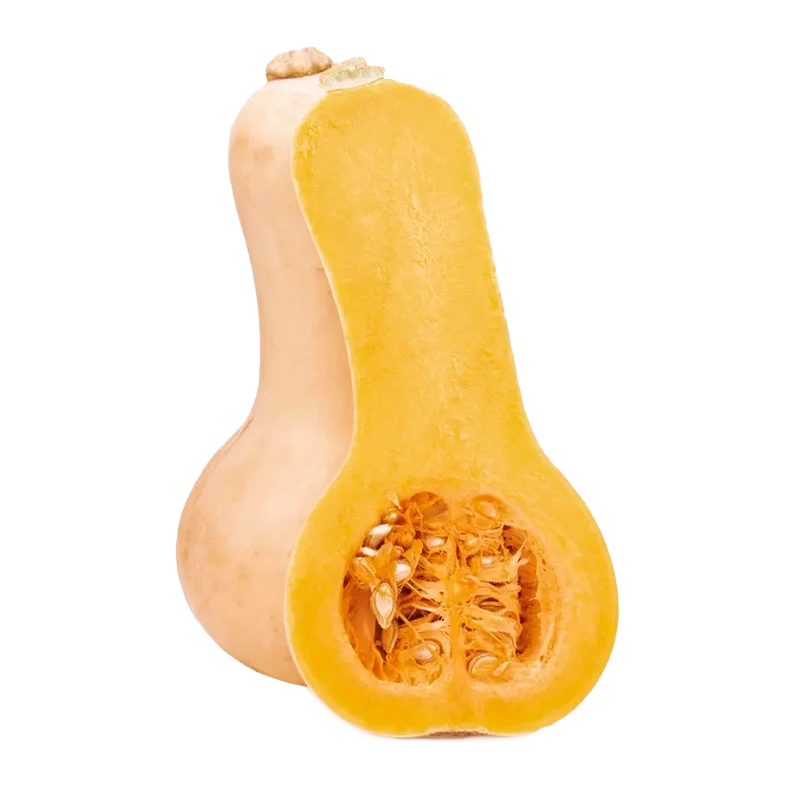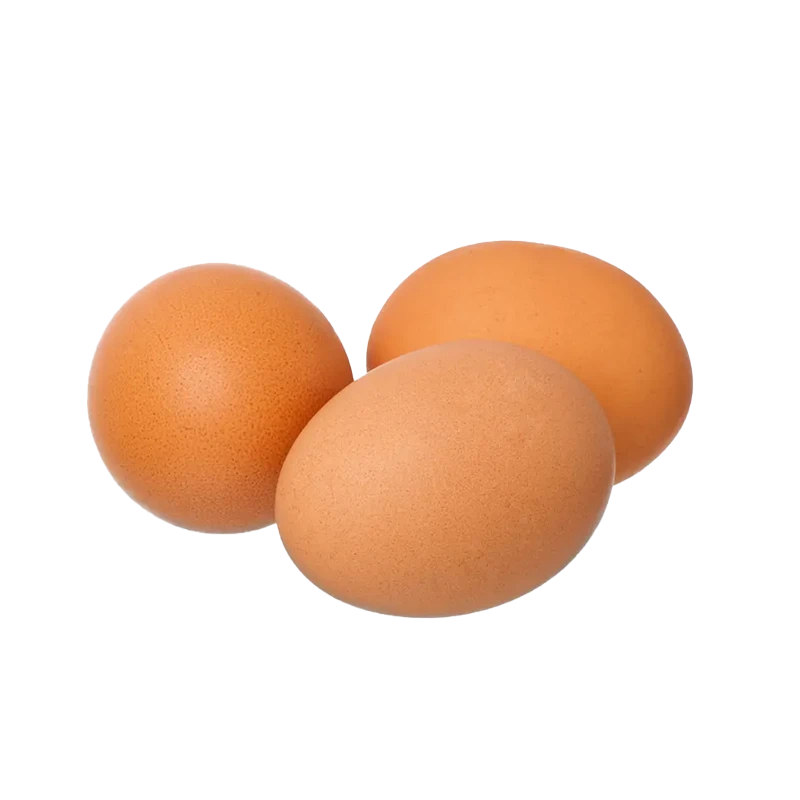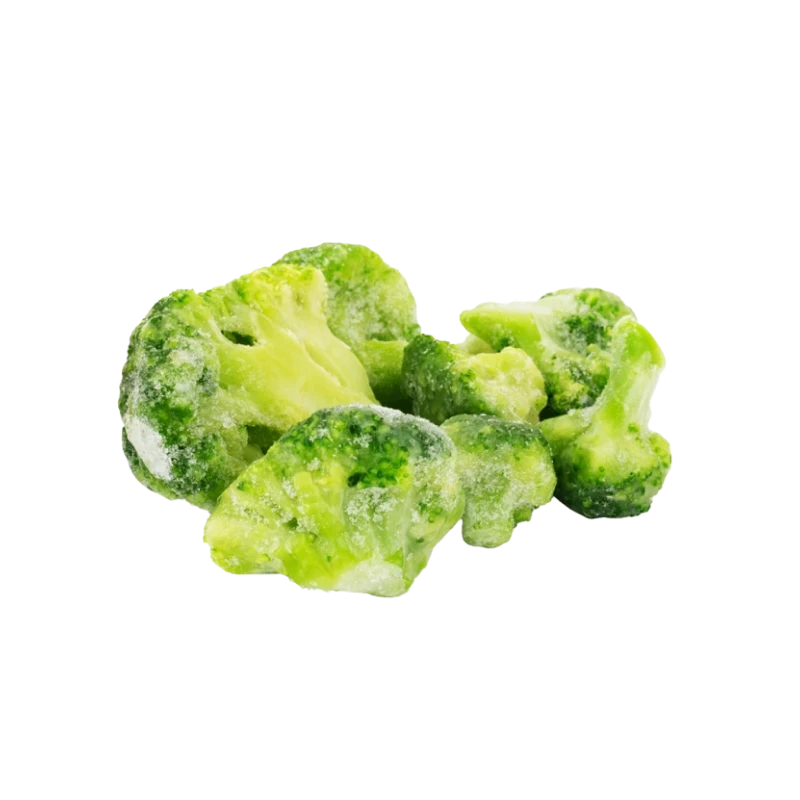Butternut Squash — Nutrients, Health Benefits, and Shopping Tips

Written by Listonic Team
Last update on September 4, 2024
Nutrients
Nutrition facts
Amount per 100 g
Calories
🔥 45 kcal
| Nutrients per: 100 g | Value | % Daily Value* |
|---|---|---|
| Carbs | 12 g | 4.36% |
| Fiber | 2 g | 7.14% |
| Sugars | 2 g | 4% |
| Glycemic Index | 51 | - |
| Protein | 1 g | 2% |
| Sodium | 4 mg | 0.17% |
| Total Fat | 0 | - |
*The % of Daily Value (DV) tells you how much a nutrient in a serving of food contributes to a daily diet. 2,000 calories a day is used for general nutrition advice.
51
🟢 Low Glycemic Index
Key takeaways
Health benefits
- Rich in vitamins and minerals such as Vitamin A, Vitamin C, potassium, and magnesium, which support overall health and well-being.
- High in fiber, promoting digestive health, regular bowel movements, and a healthy gut microbiome.
- Contains antioxidants such as beta-carotene, which help protect the body from free radicals and reduce inflammation.
- Low in calories, making it a nutritious option for weight management.
Health risks
- High carbohydrate content which can cause blood sugar spikes, particularly concerning for diabetics if consumed in large quantities.
- Potential allergic reactions in some individuals, causing symptoms like itching, swelling, or difficulty breathing.
- Digestive discomfort such as bloating or gas when consumed in large amounts due to its fiber content.
- Possible interaction with blood thinners as butternut squash contains vitamin K, which can affect blood clotting.
How to choose butternut squash
Choose butternut squash with a uniformly beige exterior, free from deep cuts or bruises. It should have a weighty feel, a good indicator that it's not dried out. A matte skin surface suggests ripeness.
Steer clear of butternut squash with any soft spots or mold, as these are indications of beginning decay. When cut, a quality butternut squash should have firm, dense flesh and emit a sweet, nutty aroma.

How to store butternut squash
Butternut squash should be stored in a cool, dark place, such as a pantry. Keeping it in a dry environment helps prevent mold and rot. Properly stored, butternut squash can last for several months.
Exposure to moisture and light can cause butternut squash to spoil, so these should be avoided. Do not store it in the refrigerator until it is cut, as cold temperatures can alter its texture. After cutting, refrigerate the squash in an airtight container for up to a week.
✅ Extra Tip
How long does it last?
Butternut squash can last for 1-3 months when stored in a cool, dark place. Once cut, it should be refrigerated and used within 5-7 days. Cooked butternut squash can be frozen for up to 6-12 months.
What to do with leftovers?
Leftover butternut squash can be used in a variety of dishes. Roast it and add to salads with greens, nuts, and a tangy vinaigrette, or blend it into a soup with broth and spices for a comforting meal. Butternut squash is also great in pasta dishes, where its sweetness pairs well with savory ingredients like sage and cheese.
Use butternut squash in a risotto or as a filling for stuffed pasta like ravioli. It can also be mashed and used as a side dish or mixed into a casserole with other vegetables and a cheesy topping. If you have a lot of butternut squash, consider making a batch of butternut squash puree to use in baking or as a base for sauces. Butternut squash can also be cubed and added to grain bowls with quinoa or farro, or roasted with spices and served as a simple side dish. For a sweet twist, try using butternut squash in a dessert like a pie or cake, where its natural sweetness shines through.
👨⚕️️ Medical disclaimer
How butternut squash supports specific health conditions
Butternut squash is rich in beta-carotene, supporting eye health and promoting immune function. Its fiber content aids in digestive health, helping regulate bowel movements and reduce constipation. Butternut squash is also low in calories and packed with vitamins A and C, which support skin health by promoting collagen production and reducing oxidative stress. Additionally, its potassium content contributes to heart health by regulating blood pressure.
Discover products from other categories
Listonic Team
Fact-checked
Our editorial team checked this article to make sure it was accurate at the time of publishing it.
Get the top-rated shopping list app

butternut squash







